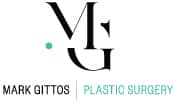Lower Eyelid Surgery: Transform Your Look with Lower Blepharoplasty in NZ
Upper blepharoplasty is a procedure performed for cosmetic or functional reasons. This procedure can create balance in your facial contour or improve vision by removing hanging or excessive skin from the eyelids.
This surgery is undertaken after careful assessment and planning. Before the surgery, a series of examinations are performed to determine if it is right for you. The result of the surgery is usually long lasting, depending on your age, skin condition, and lifestyle.
Dr Mark Gittos is an experienced and talented plastic surgeon who performs eyelid surgery regularly to help patients achieve their desired aesthetic results.
Download Dr Mark Gittos’ Guide to Eyelid Lift Surgery – Blepharoplasty
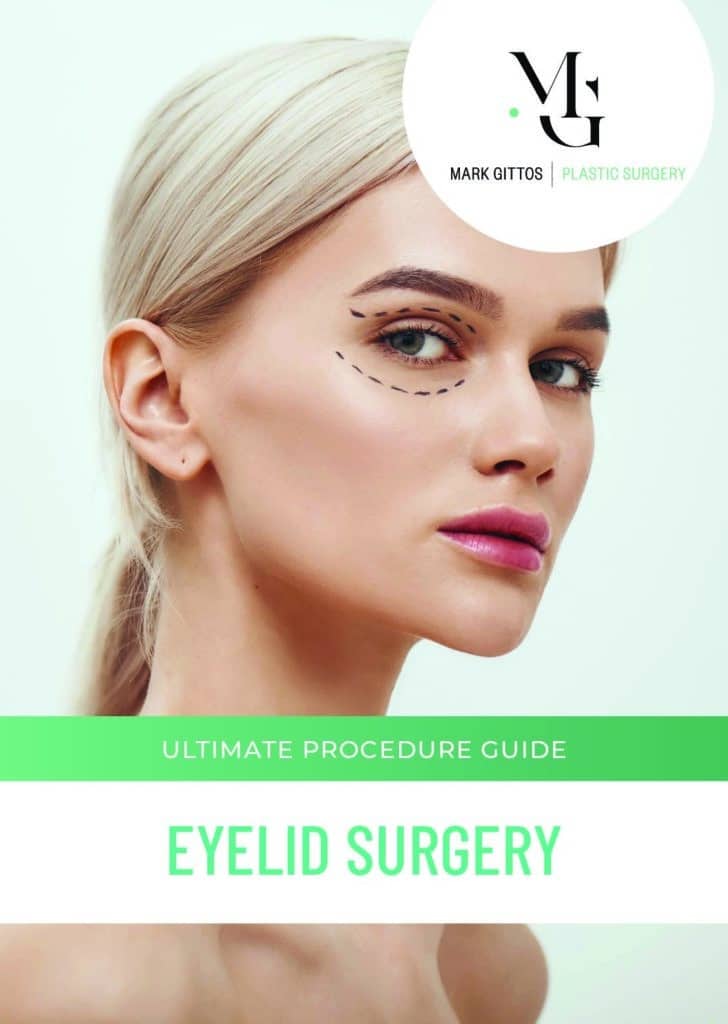
What is Upper Blepharoplasty?
Upper blepharoplasty is the procedure performed on the upper eyelid that involves the removal of the redundant eyelid skin and if necessary, the fat and muscle tissue. This surgical procedure can also help remove wrinkles by improving the appearance of droopy or sagging skin in the eyelid area.
Reasons for having Upper Blepharoplasty
The following are the reasons for having the surgery:
- You want to reduce the appearance of signs of ageing in your eyelid areas such as wrinkles, droopy eyelids, and puffiness
- You have overhanging skin, descending eyebrows, or excess skin in your upper eyelid that is impairing your vision
- You have low self-esteem due to the appearance of your upper eyelids
Ideal Candidates for Upper Blepharoplasty
Not everyone is suitable for the procedure. Usually, Dr Gittos will assess your overall health and ask about your motivation and expectation regarding the procedure. This allows the development of a treatment plan tailored to your needs.
In general, the ideal candidates for upper blepharoplasty are those who have:
- Sagging upper eyelids that are causing visual disturbances that can affect the activities of daily living
- Droopy and tired-appearing eyes
- Signs of ageing in the eyelid area such as wrinkles and puffiness
- Good physical and mental health
Upper blepharoplasty may not be right for you if you have:
- Bleeding or clotting disorders
- Unrealistic expectations regarding the procedure
- A serious eye condition
How Is Upper Blepharoplasty Performed?
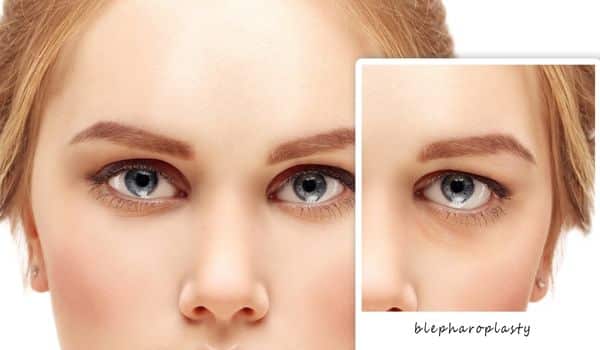
Upper blepharoplasty can be performed under local anaesthesia with sedation. It can be done in the operating room or clinic as an outpatient setting. Before the procedure, the surgeon will mark the upper eyelid crease and will measure and outline the amount of skin to be removed to ensure symmetry. Then, a local anaesthetic will be injected into the area to be excised.
A common upper blepharoplasty technique makes use of a fine scalpel and electrocautery to precisely remove the excess skin, fat, and sagging muscles from the eyelid area. Dr Gittos will only remove enough skin to allow normal eyelid closure. Once the desired appearance is achieved, your surgeon will close the incisions with sutures.
You can go home the same day if no complications are present. Before you get discharged, you will be instructed about postoperative care at home to speed up your recovery and achieve the best clinical outcome.
Upper blepharoplasty before and after photos may also be taken for future comparison. This allows the surgeon to determine if the desired clinical outcome is achieved.
Preparation for Upper Blepharoplasty
Before the surgery, you’ll meet with Dr Gittos to discuss your medical history. This includes previous surgeries and past and/or current conditions. A series of physical exams will be done such as eyelid examination, visual acuity test, and other tests that assess visual function. A few weeks before the surgery, you will be advised to stop taking medications containing aspirin and NSAIDs like diclofenac and ibuprofen as they can increase the chances of bleeding. You should also avoid alcohol and tobacco use as they delay the healing process.
Recovery after Upper Blepharoplasty
After the surgery, you will be provided with aftercare instructions and the date of the follow-up appointment with your surgeon. You will likely experience mild bruising and swelling that may last for up to 2 weeks. You can return to work once they subside. To reduce discomfort, you will be instructed to use an ice compress for the first 24 hours. You will also need to maintain an upright sleeping position for two nights to prevent damage to the suture lines. An antibiotic ointment may be prescribed to prevent infection. You will also be advised to use a lubricating ointment as artificial tears. You have to avoid strenuous activities during the first 10 days after surgery to prevent further damage to the surgical area. If you experience double vision or loss of vision, bleeding, severe swelling, or pain, you should contact your doctor immediately.
Cost of Eyelid Surgery in Auckland

The cost of surgery depends on a number of factors, such as your Surgeon’s level of expertise and the condition of your eyelid area meaning the price for eyelid surgery in Auckland can vary significantly. We take a look at your specific needs in great detail during your consultation.
We also provide information on Blepharoplasty, Private Health Insurance and different methods of payment.
Risks and Complications of Upper Blepharoplasty
All surgery has its risks and complications. Minor side effects are part of the healing process but there are more serious risks and potential complications, such as:
- Asymmetry
- Blindness (very rare)
- Difficulty closing the eyes due to too much removal of the upper eyelid skin
- Dry eyes
- Haemorrhage (bleeding)
- Infection
- Injury to eye muscles
- Lagophthalmos (incomplete or abnormal closure of the eyelids)
- Noticeable scarring
- Ptosis of the eyelid (drooping)
- Skin discoloration
- Temporary blurring of vision
- The need for follow-up surgery
If you experience any untoward signs and symptoms, seek medical help immediately for further medical evaluation and management.
FAQS about Upper Eyelid Surgery

What is upper bleph?
- Upper blepharoplasty is a procedure that involves the removal of the excess skin of the upper eyelid. Extra skin and tissue are removed to improve vision or to reduce signs of ageing such as wrinkles. During the procedure, an incision is made in the eyelid crease to cut away the skin and sometimes muscle and fat. The incisions are then closed with sutures.
How long does upper bleph last?
- This surgical procedure is designed to be long-lasting. It usually lasts for 5-7 years. However, ageing cannot be prevented so the elasticity of the skin and the underlying facial muscle will change. To maintain the results of the surgery, it is recommended to protect the skin surrounding the eyes by using sunscreen and moisturizer.
How much does an upper blepharoplasty cost?
Upper blepharoplasty cost in Australia will greatly depend on several factors, such as:
- Medical tools and supplies used
- Medications used before, during, and after the procedure
- The cost of medical tests
- The cost of the facility or the procedure room
- The fee of the surgeon
- The presence of other medical staff in the room during the surgery
- The type and extent of the surgery
Is upper blepharoplasty painful?
- The discomfort associated with the procedure may vary from patient to patient. During the procedure, local anaesthesia is administered, with sedation. There is minimal discomfort after the surgery but this can be easily managed with the application of an ice compress and the use of over-the-counter pain medications.
What is a good age for blepharoplasty?
- There is no recommended age for blepharoplasty. The most common candidates are men and women who notice signs of facial ageing that cause their upper eyelids to droop. As long as you are medically fit, a non-smoker, and with good physical and mental health, you can be an ideal candidate for the procedure. During the consultation period, your overall health and expectations will be assessed and you will be provided with information on how to qualify for eyelid surgery.
How soon after blepharoplasty will I look normal?
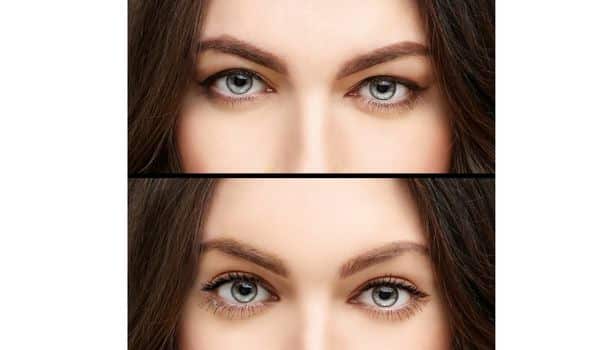
- Results do vary depending on the healing process. You will notice a difference in your eyelids right after the surgery. Swelling and bruising may obscure the initial outcome but they will fade away completely after several weeks. Full recovery takes up to 3 months but you can see the final result in 4-6 weeks after the surgery. To speed up the healing process and achieve the best clinical outcome, you should adhere to the aftercare instructions. You can also take upper blepharoplasty recovery photos day by day to monitor the progress of your recovery.
Does upper blepharoplasty change eye shape?
- There is no noticeable change in the shape of the eyes. Since blepharoplasty makes you look younger and rejuvenates your face and eyes, there will be slight changes but the results will be natural. Your surgeon will customise the treatment plan to ensure that you will achieve your desired results.
Is upper blepharoplasty permanent?
- The results of upper blepharoplasty are long-lasting but the procedure will not stop you from ageing. Upper eyelid blepharoplasty lasts for 5-7 years to an entire lifetime. However, you will need to have a good skincare regimen to maintain the results of the surgery. With advancing age, you may need another surgery.
Does blepharoplasty make you look younger?
- Blepharoplasty is commonly used for cosmetic purposes. During the procedure, folds of loose skin and bulging fats are removed and the skin is stretched out to produce a less-tired and more youthful appearance. Aside from cosmetic purposes, the procedure can also be used to improve visual function by removing excess skin from the eyelid that is obstructing your visual field.
Can I drive myself home after blepharoplasty?
- Blurring or double vision is one of the minor side effects of the surgery. Even if the procedure is under local anaesthesia, you will still feel discomfort and there is swelling on your eyelid. This can impair your vision. Therefore, you should have someone to drive you home. Make sure you no longer have blurry vision and that the swelling around the eyelids has completely subsided before going back to driving.
Are you awake during blepharoplasty?
- You are conscious during the procedure since it only requires local anaesthesia which is paired with sedation to make you stay calm and relaxed. During the consultation period, you can discuss with your surgeon what type of anaesthesia to be used depending on your comfort level.
Is eyelid surgery worth the money?
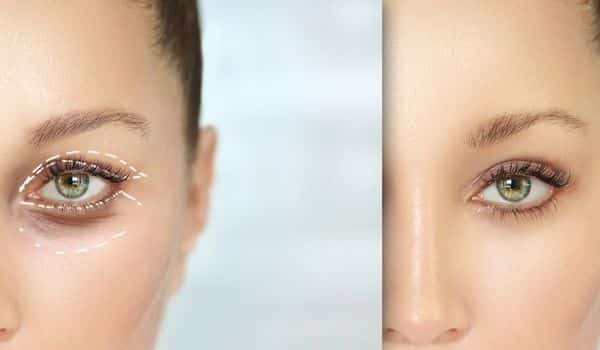
- Most patients are satisfied and happy after eyelid surgery, especially those who wanted to look younger and achieve a well-rested appearance. The result is long-lasting and it is very rare to repeat the procedure. Aside from cosmetic purposes, eyelid surgery can also be used to improve visual function by removing excess skin from the eyelid that is obstructing your visual field.
What can go wrong with blepharoplasty?
- There are upper blepharoplasty risks to consider when you undergo the procedure. Minor side effects are just temporary like blurring of vision, double vision, swelling and bruising, and tiny bumps on the incision site. However, more serious complications may occur such as asymmetry, dry eyes, and difficulty closing the eyes. Permanent blindness is uncommon and rarely happens. The more experienced and qualified your surgeon in eyelid surgery is, the lower the risks.
How many times can you do blepharoplasty?
- In general, you will only need eyelid surgery once. However, the procedure can be repeated if signs of ageing reappear in the eyelid area. Upper blepharoplasty lasts 5-7 years and can be repeated depending on the type and extent of the surgery before and also your current medical health and eye condition.
Is there an alternative to blepharoplasty?
- There are alternative options to blepharoplasty. If you don’t want to undergo surgery, you may consider a non-surgical eyelift that uses laser or radio-frequency devices to tighten the skin in your eyelid area. You can also use eye serums and creams but these may not produce significant results. Other alternatives include anti-wrinkle injections, injectable dermal fillers, skin resurfacing, and ultherapy. These non-surgical alternatives have very low risk with minimal chance of side effects. Candidates for alternative non-surgical treatment are those with milder signs of ageing and those who do not want to undergo invasive surgeries.
Further Reading – Medical References about Upper Blepharoplasty
- Blepharoplasty: An Overview
- All About Blepharoplasty on Mayo Clinic site
- Eyelid Problems: Causes and Fixes
- Complications in blepharoplasty: how to avoid and manage them
- Blepharoplasty patients are getting younger – here’s why | ASPS
About Dr Mark Gittos FRACS (Plast) – New Zealand Plastic Surgeon
Practice locations in Herne Bay Auckland, Northland and Bay of Plenty – Kerikeri, Whangarei, New Plymouth & Tauranga
Dr Mark Gittos is a leading Specialist Plastic Surgeon and operates a practice in Herne Bay, Auckland and in the UK. The practice focuses on both surgical and non-surgical procedures, each designed to help restore, improve or change a physical characteristic or problem. The first step in every case is to talk through your personal requirements and explore all the options, before deciding on the most effective solution.
Dr Mark Gittos offers high quality, natural-looking cosmetic surgery results and is highly experienced in Breast, Body and Face Surgery having performed over 4000 Surgeries in the last 26 years. With worldwide expertise Dr Gittos is an expert in breast, face and body surgery for men & women.
Naturally, before any treatment is begun, we will explain clearly the advantages and risk factors; so that you have the information you need to make an informed decision that is best for you. Visit the practice to find out more.
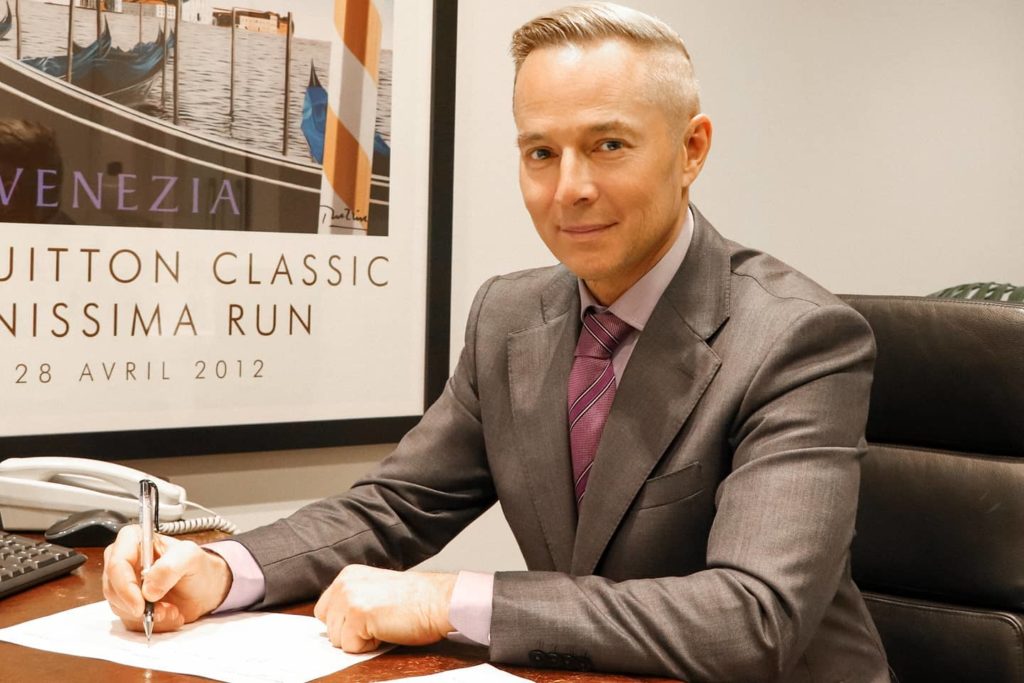
NEXT STEPS
Please NOTE: Dr Gittos only performs surgery on non-smoker patients with a BMI less than 30. To check your BMI please visit the NZ Heart Foundation website. For help giving up smoking before surgery visit the Smoke Free website
Do your Research
- Read the Website and Blogs relevant to your procedure
- Browse our Frequently Asked Questions including how to choose a Surgeon for your procedure
- Download and read the FREE Guides to Surgery
What to Bring to your Plastic Surgeon Consultation
- Bring a friend or relative to help discuss the information and your choices
- Take lots of notes and read the documents provided thoroughly
- Dress in simple clothes as you may need to undress for examination
- Bring your medical referral and any relevant medical documents or test results
Book your Initial Surgery Consultation
- A Referral from your GP or specialist is helpful but NOT essential – you can have a consultation without a GP Referral
- Email us or Call on 09 529 5352 to arrange your surgeon consultation appointment.
- Book a consultation with Dr Gittos by paying the Consultation Fee – $325 incl GST
Traveling for Surgery? – Consider post-surgery luxury recovery in a Hotel with LuxeCare
Please contact us to arrange to book a consultation with our Specialist Plastic Surgeon or to speak with our Patient Care Advisor.
Send an enquiry form today or phone 09 529 5352 during Clinic Hours
